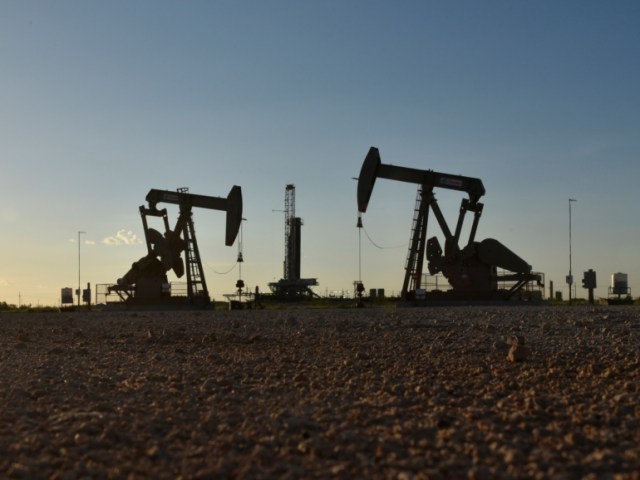After the drop in oil prices to a negative level in late April last, crude returned to recovery with the global return of oil gradually returning in exchange for a decrease in supply, which gave hope to oil producers again to return to production, but what are the prices that motivate them to do so? ?
In a report published by the American "Real Clear Energy" website, the author Ryan Seton said that the rise in oil prices again gave some hope to the producers, but prices of up to forty dollars may not seem sufficient for the drilling rigs to return to work in the United States.
The writer said that the United States needs to issue about three hundred drilling permits per week in order to maintain American production and employees alike, while data shows that this is not guaranteed even when it reaches $ 70 a barrel.
For hundreds of companies hoping to avoid bankruptcy and lay off tens of thousands of workers, $ 35 or $ 45 to $ 55 a barrel does not guarantee a return to production, he added.
He added that the data dating back to before the outbreak of the Corona virus crisis shows that even if the price per barrel reaches $ 55, this will lead to a period of stagnation.
The writer stated that he is very optimistic about oil prices from mid-2021 and the period after that, noting that the oil industry witnessed an unprecedented collapse in demand during government closings that took place, but unlike almost all other industries, it did not receive any support from the government.
He expressed his conviction that the oil industry will continue to work strongly this year, and that bankruptcies, closures and layoffs will continue, however all this will lead to boom years in 2022 and beyond.
Comparisons
In an attempt to link oil prices on the one hand and the number of licenses and drilling rigs on the other, the writer said that in the period between March and October 2019, WTI crude prices were experiencing an upward trend, averaging $ 69 a barrel.
During that time and for the next two months, the number of drilling rigs in the United States and Texas stood at 1,000, and five hundred, respectively.
After October 2019, oil prices retreated, but rose within a few months, and averaged $ 56 a barrel from June 2019 to February 2020, when the number of US drilling rigs tended to decline and stabilized at eight hundred, while it stabilized This number in Texas is four.
In short - the author says - the average price drop from $ 69 to $ 56 (i.e. a 19% decrease) was accompanied by a 20% drop in the number of drilling rigs and 33% in the number of permits.
This comes at a time when the US Energy Information Administration said on Tuesday that it is expected that US crude oil production will drop by 670 thousand barrels per day to 11.56 million barrels per day in 2020, which is a sharper decline than its previous expectations, which indicated a decrease of 540 thousand barrels per day.
Oil prices rose yesterday, supported by an optimistic atmosphere about recent pledges by two major crude producers to curb production, which covered concern about a new wave of Coronavirus infections.
The global benchmark rose to $ 41.18 a barrel, while West Texas Intermediate, the US crude, rose to $ 38.94 a barrel, after recovering in previous sessions.
Goldman Sachs raised its forecast for the price of oil in 2020, and Brent is now expected to record $ 40.40 a barrel, and that West Texas Intermediate US crude will be $ 36, numbers far from those the writer mentioned.

